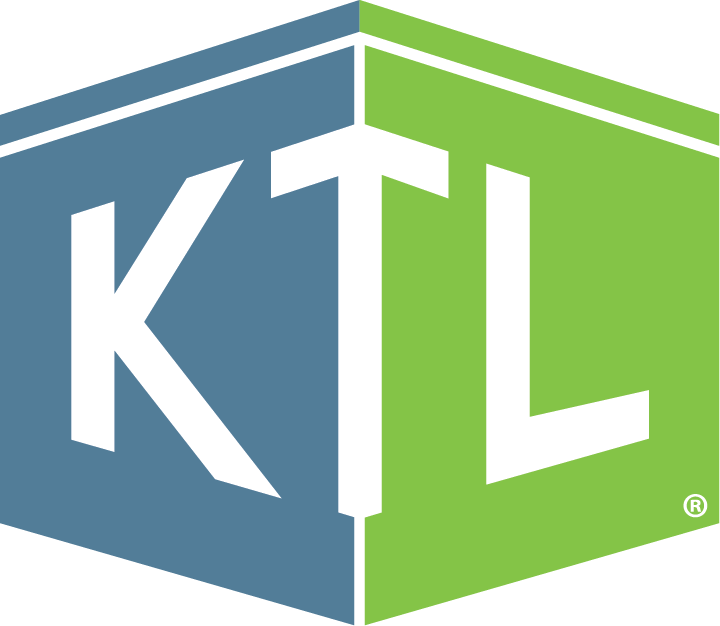
Food Safety
Comments: No Comments
Generally Recognized as Safe (GRAS) is a concept that harkens back to the Food Additives Amendment of 1958, when it was first established to regulate pre-market approval of new food additives, while exempting substances with a long history of safe use. Since that time, the GRAS program has undergone several changes impacting how industry manages food ingredients. On March 10, 2025, the GRAS program came under new scrutiny, as the U.S. Department of Health and Human Services (HHS) announced its intent to explore potential rulemaking to eliminate the self-affirmed GRAS pathway.
GRAS Beginnings
The Food and Drug Administration’s (FDA) Federal Food, Drug, and Cosmetic Act (FDCA) of 1938 first established the need for scientific proof of safety before marketing new food products. It did not, however, anticipate the bureaucratic congestion that would arise due to unnecessary regulation of commonly used food additives, such as salt, vinegar, and spices. To address this, Congress passed the Food Additives Amendment in 1958, establishing the GRAS concept.
While this Amendment improved regulatory efficiency, the FDA remained the sole gatekeeper of what did and did not qualify for the GRAS exemption. It was not until 1972, when the FDA created the GRAS affirmation process, that individual companies could begin petitioning FDA to review and approve GRAS status. This approach placed the onus for identifying new, in-need-of-review products on individual companies, while the FDA maintained responsibility for reviewing and approving the ingredients.
Self-Affirmation
As more products began to flood the market, the backlog of GRAS petitions outgrew the FDA’s resources, which led to the development of the GRAS notification system in 1997. Under this system, companies could self-determine if their new ingredients qualified as GRAS-exempt based on scientific evidence. What’s more, companies were granted autonomy to notify the FDA (or not) of their GRAS determination, setting the precedent to completely bypass FDA review.
The FDA issued the GRAS Final Rule in 2016 to formalize the notification procedure—requiring submission of detailed scientific evaluations and safety studies (i.e., toxicology reports, historical consumption data, and expert evaluations) when making a GRAS notification. However, companies retained the option to choose whether to notify the FDA, leading to a robust archive of food additives with no public record of safety review. Today, the Pew Research Center estimates that roughly 1,000 such chemical additives in the food supply chain are self-affirmed as GRAS by food manufacturers.
Policy Loophole
In its March 10, 2025 press release, the HHS announced its desire to close what it considers to be this self-affirmation “policy loophole”. According to HHS, “Eliminating the self-affirmation process would require companies seeking to introduce new ingredients in foods to publicly notify the FDA of their intended use of such ingredients, along with underlying safety data, before they are introduced in the food supply.”
Several states, including California, Illinois, Missouri, Washington, New York, and West Virginia, are passing their own legislation to address food safety and transparency concerns caused by GRAS. For example, the California Food Safety Act prohibited the statewide sale or manufacture of foods containing four chemical additives, and West Virginia recently signed a law to ban foods containing seven artificial dyes. Even Congress attempted to overhaul the GRAS rule in September 2024 through the Toxic Free Food Act.
What Does It All Mean?
By eliminating the self-affirmation process, manufacturers would be required to publicly notify the FDA of their intended use of such ingredients and supply safety data before the ingredients are introduced. Eliminating the GRAS loophole would undoubtedly introduce more transparency to the market about what ingredients are used by food companies and prohibit major chemical changes to food without public notice. However, this change could also potentially further stress an already under-resourced FDA, create delays in GRAS review and approval, and hinder food manufacturers’ ability to quickly switch to other GRAS ingredients if there are supply chain issues. And while transparency is good, it could cause consumer confusion regarding information about the toxicology of ingredients and associated hazards.
Planning Ahead
Given the trajectory of GRAS and its historical timeline, new legislation seems to be on the horizon. While the exact changes and requirements are not known, there are actions manufacturers can take now to proactively manage GRAS ingredients:
- Take an inventory of all current products with GRAS statements. Understand what those products are and how you use them.
- Make sure you have all the necessary records (e.g., safety data sheets (SDS), toxicology reports, and technical data sheets) for your GRAS products. You may be required to submit these and having them ready to go should help expedite the process.
- Plan for delays if you rely on GRAS products. FDA may have many ingredients to review/approve if the self-affirmation clause is eliminated, and this could create a bottleneck. Find substitutions in your supply chain in case they are needed.
